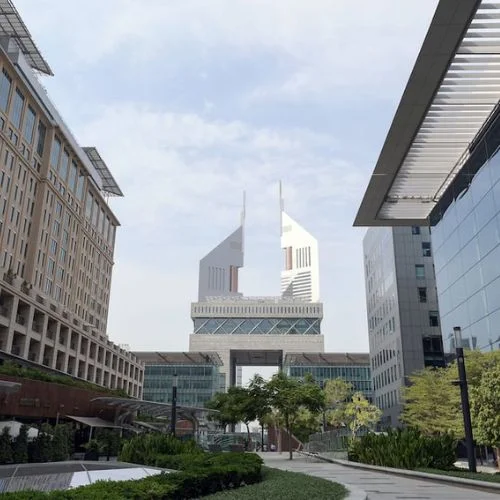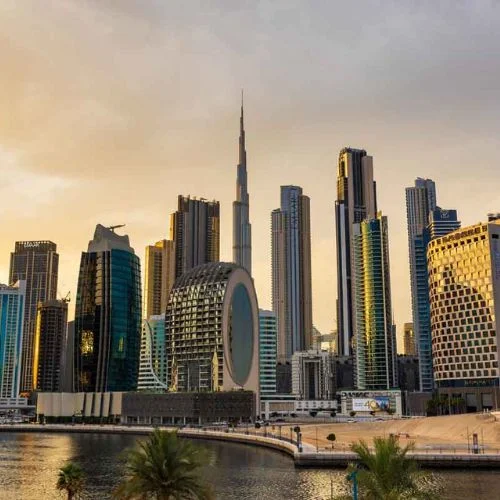Production costs rose slightly in January, but commodity price inflation eased from its six-month high in December, suggesting that pricing pressure may ease.
A private survey showed on Wednesday that India’s manufacturing industry started the new year at a weaker pace, expanding at its slowest pace in three months in January as output and sales growth grew. sales slow down.
Manufacturing Purchasing Managers’ Index, compiled by S&P Global, fell to 55.4 last month from 57.8 in December, much lower than the 57.4 forecasts in a poll by Reuters.
However, it has been well above the 50 lines, distinguishing between growth and contraction for 19 consecutive months.
“Despite some loss of growth momentum, the sector looks set to at least remain in expansion mode as the final quarter of the current fiscal year draws to a close,” Pollyanna De Lima, economics associate director at S&P Global, said in a news release.
“There was a mild resurgence in cost pressures, which manufacturers linked to higher prices for items like energy, metal, and electronic components. The rate of cost inflation remained historically subdued, but companies nevertheless hiked their fees as demand resilience facilitated the passing on of additional cost burdens to clients.”
Production costs rose slightly in January, but product price growth eased from the six-month high in December, suggesting that pricing pressure may be easing.
Indeed, in December of last year, annual retail inflation in India fell to 5.72%, falling below the 2-6% range set by the Reserve Bank of India for the second consecutive month after remaining in the 2-6% range for most of last year.
Both the production sub-indicator, which indicates demand intensity, and the new order sub-indicator have slowed down compared to December when January’s production reached a 13-month high. Foreign demand continued to grow, albeit at a slower pace.
“A key area of weakness seen in the latest PMI data was exports. Although manufacturers received new orders from international markets, the increase was slight at best and moderated considerably to a ten-month low,” added De Lima.
The business expectations index, which measures optimism for the year ahead, fell to its lowest level in six months and employment barely crossed the 50 mark, falling to its last level in August.
These indicators can affect the position of the RBI. He is expected to raise interest rates one last time this month by 25 basis points, then focus on supporting economic growth that is expected to slow this year.















